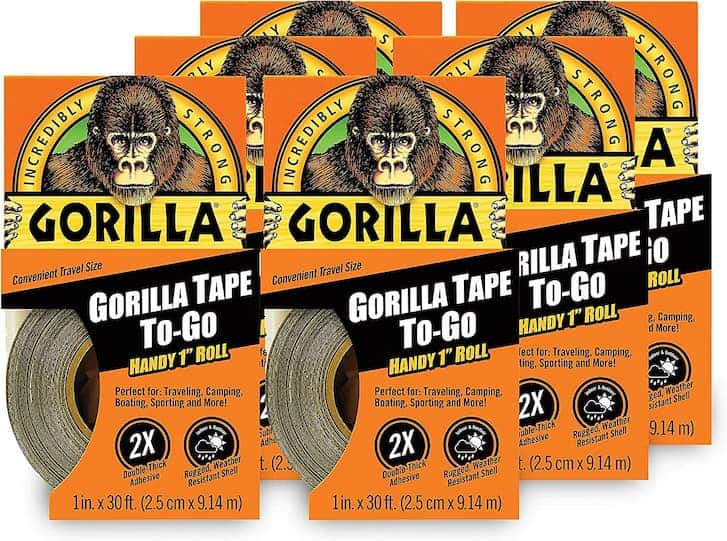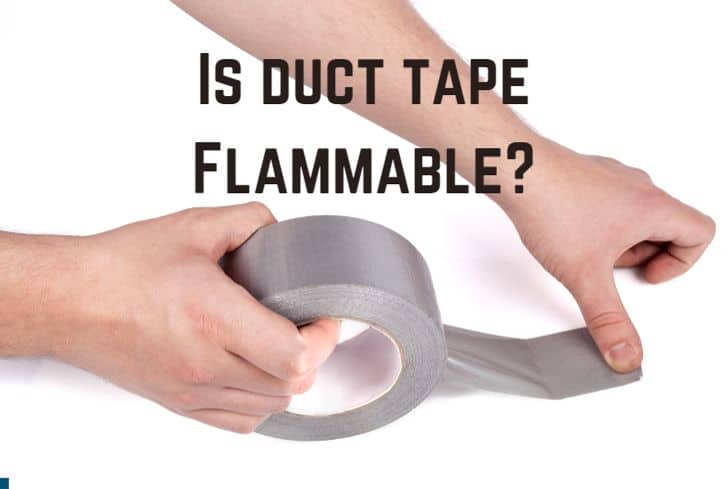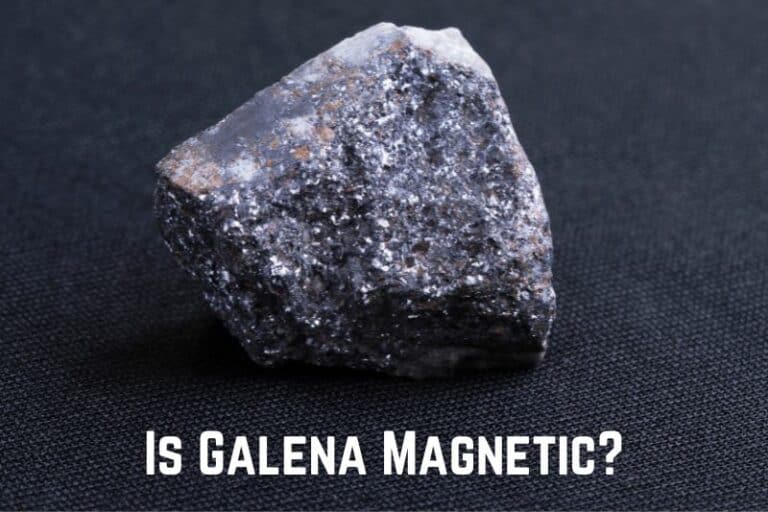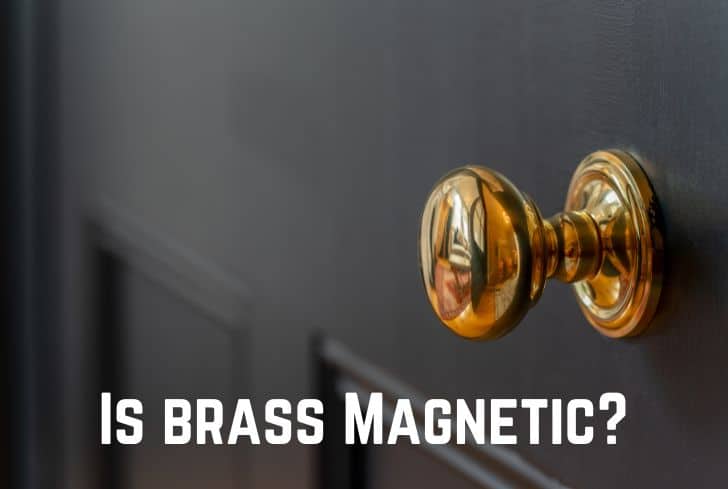Does Silver Melt Ice? (Why Does Silver Melt Ice?)
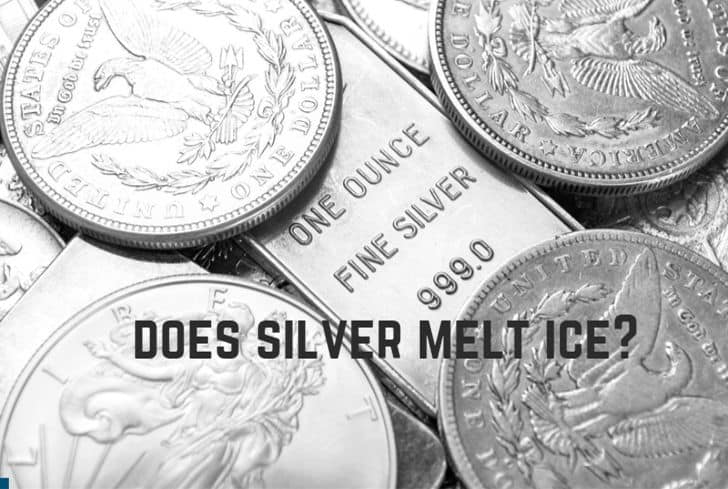
There’s a lot of difference between real silver and fake silver. Unless you are a skilled jeweler or metalsmith, it could be difficult to tell genuine silver jewelry from imitation. Some claim that the ability of silver to melt ice might reveal whether you have real or fake silver. However, the first question is, does silver melt ice?
Know the answer by reading the article. We will also answer whether gold and stainless steel melt ice and between real or fake silver melts ice faster. Wouldn’t you also be interested in learning about the other metals that melt ice and which metal, out of copper and silver, does it more quickly?
Read: Does Diamond Conduct Electricity?
Does Real Silver Melt Ice?
Yes, silver does melt ice. In fact, real silver increases the rate at which ice melts. Silver is one of the best heat conductors, even at room temperature. At room temperature, heat also dissolves ice. Silver transmits heat from the surrounding environment to the ice, melting it. Silver tends to hasten the melting process even if ice has begun to melt.
However, does real silver still melt ice when there is no heat to conduct? For example, when you put silver in the refrigerator and then put ice on it. No, silver, in this situation, has no heat to absorb and cannot melt the ice. Real silver won’t melt ice if the temperature is the same or lower than the ice temperature.
But regardless of how cold the surroundings are, if you heat silver and place an ice cube on it, the ice will melt. As a result, the heat from the silver directly causes the ice to melt. Silver will still transfer the heat it already possesses to ice even if the area around it lacks heat to transfer. That further confirms that silver is a good conductor of heat.
Why Does Silver Melt Ice?
Due to its high thermal conductivity, silver melts ice. Silver has loose electrons that help in heat transfer. It has a low resistivity, which is one of the factors that contribute to its efficiency as a heat conductor. That means Silver does not present much resistance to heat flow, unlike most materials. Heat can spread quickly through silver.
Due to its high melting point, silver can conduct a great deal of heat without corroding. On the other hand, ice has a low temperature and is cold. Silver absorbs heat at room temperature and transfers it to the ice. The ice will heat up and melt, eventually becoming liquid. Since air is a poor heat conductor, silver can heat ice faster than regular air.
Ice immediately begins to melt upon coming into contact with the silver. The following factors will affect how quickly the ice melts:
- The room temperature: Silver will absorb heat more quickly in a hotter environment, which will cause the ice to melt more rapidly.
- The size of ice: Ice will melt more quickly when it is in smaller pieces. Less ice needs to melt, thus the explanation.
- The size of the silver: The speed at which heat is transferred depends on the size of the silver’s surface area. A smaller piece of silver will heat faster than a large piece.
Does Fake Silver Melt Ice Fast?
Fake silver does not melt ice fast. It does not absorb and transfer heat as quickly as real silver. Fake silver has impurities that make heat transfer slower. The conductivity of real silver will be affected when mixed with other metals with a lower level of conductivity since pure silver conducts heat well.
To determine if they have real silver, some people use the “ice test.” Simply place a silver object, such as a silver ring, on an ice cube and see how it reacts. The product is real silver if the surrounding environment is warm and the ice melts where the silver is set.
If you notice the spot where you put the silver does not melt, you have fake silver. However, you might also have a heat-conducting material like gold, copper, diamond, or aluminum. So the ice melting might be because of another metal that is a good conductor of electricity.
Therefore, if your objective is to determine whether your silver is real, don’t exclusively rely on the “ice-test.” There are other ways to tell if silver is real.
Does Gold Melt Ice?
Gold does melt ice. Gold is a good conductor of heat. Electrons in gold can move more quickly and with less resistance. The movement and vibration of molecules are necessary for the occurrence of heat. It has a high melting threshold; hence it can absorb more heat.
Silver and copper are closely followed by gold in terms of thermal conductivity. Although copper and silver could be better conductors, gold maintains its conductivity for a longer period. Silver and copper corrode more quickly than gold.
However, gold’s size and shape will significantly affect its ability to melt the ice rather than its composition. Small thin stripes of gold have a better chance of melting ice than a large piece of gold in its original size.
Read: Is Resin Flammable
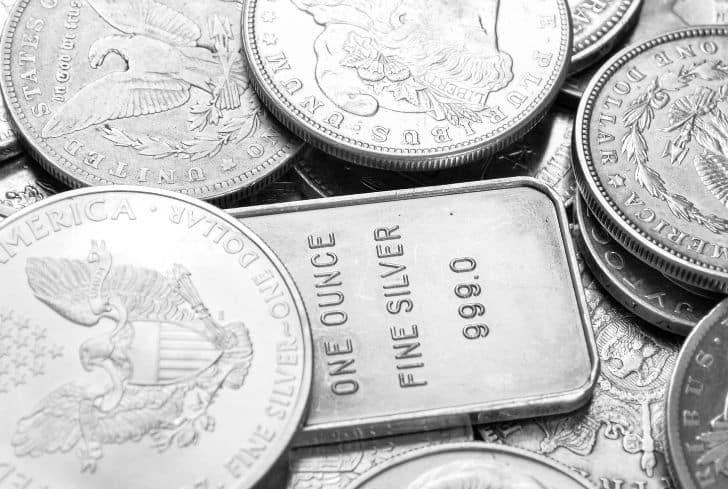
Does Silver Melt Ice Faster Than Copper?
Ice melts more quickly in silver than in copper. Watts per meter per degree Kelvin (W/m•K) is a unit used to express a material’s thermal conductivity. Copper has a thermal conductivity of 398 W/mK compared to silver’s 429 W/mK. Because silver has better thermal conductivity than copper, it can transmit heat more quickly.
Silver’s electrons can flow more freely than copper’s and conduct heat more effectively. In comparison to copper, silver has a lower resistivity level. If you put one ice cube on copper and another on silver, the one on the silver will melt more quickly.
Does Stainless Steel Melt Ice?
Ice can melt from stainless steel more slowly than from ordinary carbon steel. The reason is that chromium makes stainless steel resistant to rust. Chromium is the same element that makes stainless steel a less effective heat conductor. Since stainless is such a poor heat conductor, it is the material of choice for water bottles.
Using a stainless steel water bottle rather than a plastic one increases the likelihood that your ice-cold water will stay cooler for longer. Since stainless steel is a poor conductor, your water will remain at the same temperature for some time.
Read: Does Alcohol Evaporate?
Which Other Metals Melt Ice?
Other metals with higher heat conductivity can melt ice. A material’s capacity to conduct heat is referred to as thermal conductivity. Such materials easily transfer heat while also absorbing heat from their surroundings.
Here are the various metals that have either high or low thermal conductivity and can melt ice:
- Aluminum: Although not as effective as other metals, it is a good heat conductor. It can still melt ice since it has a lower melting point. However, due to its tendency for damage, aluminum is not the ideal metal for melting ice.
- Zinc: Although it does not carry heat as well as other metals, it melts ice more slowly.
- Brass: Despite being a mixture of copper and zinc, brass is not very effective in melting ice. Heat does not transmit well through brass. It’s surprising, considering that zinc and copper are good conductors of heat.
- Titanium: Though titanium can melt ice, it is a poor conductor of heat. Therefore, you might have to wait a very long time if you try to use it to melt ice.
- Silicon carbide is a semiconductor because its composition’s silicon and carbon atoms are evenly distributed. Ice may not melt as quickly in silicon carbide as in the other metals, but it will eventually melt.
- Diamond: Diamond has a thermal conductivity that is five times higher than copper. Ice will melt five times more quickly when in contact with diamond than it will with copper. The best molecular structure for heat transfer is seen in diamonds.
Frequently Asked Questions
Does ice melt faster on metal?
On metal, ice melts more quickly than on other materials. Most materials can conduct energy (heat) from their environment to ice. Because metal is a better conductor than materials like plastic, heat is transferred more quickly.
What slows ice melting?
It’s difficult to keep ice from melting too quickly after taking it out of from the freezer. When ice is removed from the freezer, the warmer temperatures give the frozen particles the energy to separate from one another (melt), eventually turning them into liquid. You can slow the melting process in a variety of ways as follows:
Use plastic coolers because they stop heat from transferring from the inside to the outside and vice versa.
Cover with aluminum foil because reflective surfaces keep temperatures consistent, slowing the rate of ice melt.
Maintain a low temperature in the room because ice takes longer to melt in colder environments.
Does silver melt ice faster than steel?
The metal with the highest heat conductivity is silver. Silver has a conductivity that is 15 times higher than that of steel. As a result, silver will melt ice 15 times faster than steel will.
Conclusion
The best metals for heat conductivity include silver, gold, copper, and gold. See how quickly a cube of ice melts if you try it. Even though they are listed on the thermal conductivity table, other metals including titanium, aluminum, zinc, brass, and brass aren’t very good at heat conduction. You might have to wait a while for the ice to melt if you place a block on them.

